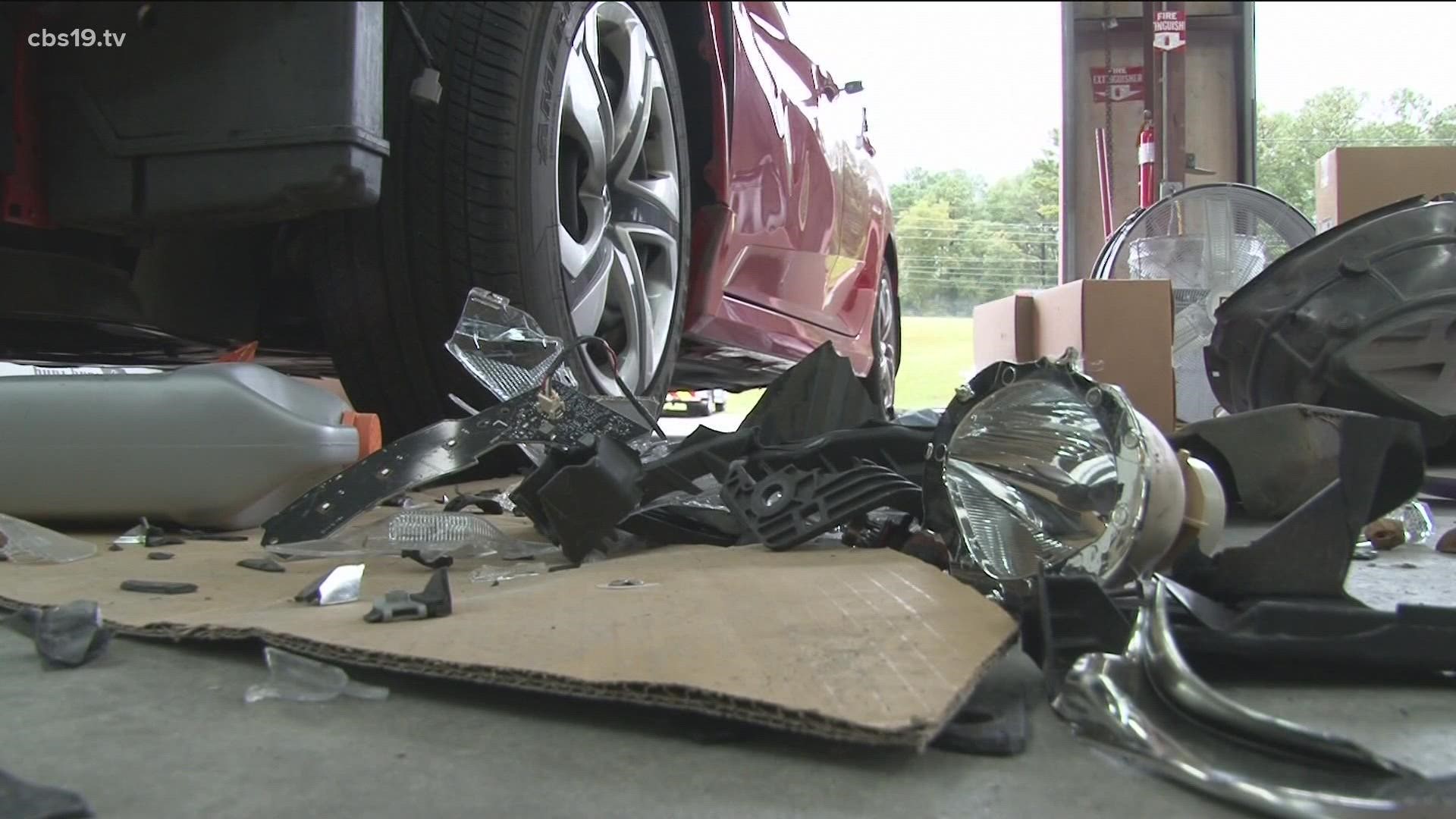TYLER, Texas — Following the death of a 24-year-old Winona man from an animal-vehicle-related crash (AVC), officials warn this is the time of year accidents like this are more common.
Whether it be feral hogs, deer, or smaller critters, a driver's first reaction might be to swerve out of the way. But, in most cases, the better option is colliding with the animal to avoid veering off the road.
According to Gregg County Game Warden Todd Long, East Texas is entering into mating season and that means more active wildlife by our roadways.
“Where you see one, you can assume there's two or three," Long said. "And with hogs, where you see one, there could easily be 30 or 40.”
Dawn, dusk, and nighttime tend to be the riskiest hours for drivers – that's when most wildlife is more active, and it's harder for motorists to see.
“At times, they pay no attention to the roadways so slow down during the early morning and nighttime, especially in the rural areas,” Long cautioned.
The best option is always prevention by trying to avoid the encounter: remain aware when driving, stay in the center of the lane, look for wildlife signs, and slow down.
If you do hit an animal, don't touch it, or try to move it. Pullover to a safe place and call authorities. In some cases, the animal can be used to benefit families in need.
“At times, we try to donate these wildlife resources to needy families and folks that could use the venison to supplement their groceries,” Long said.

